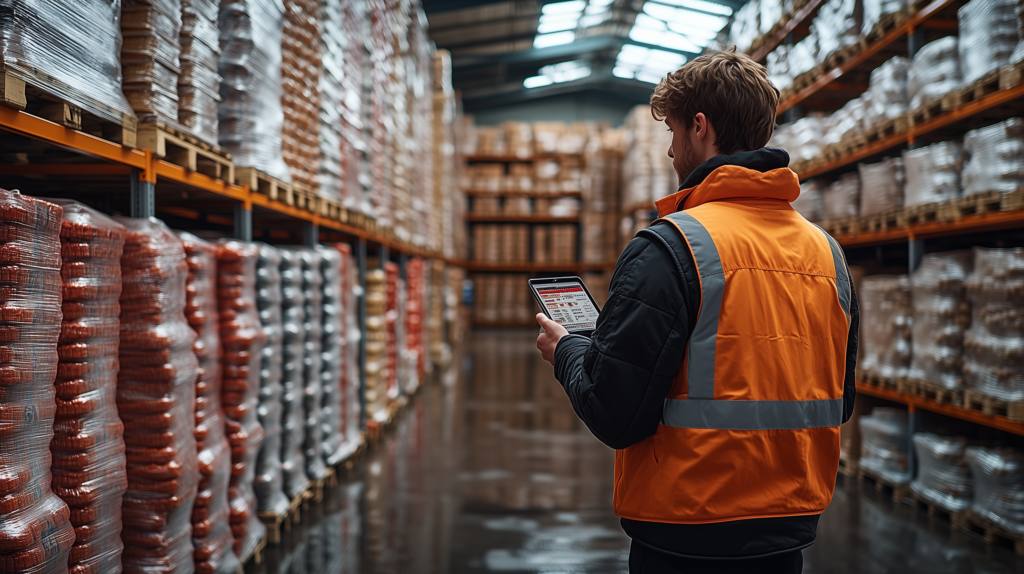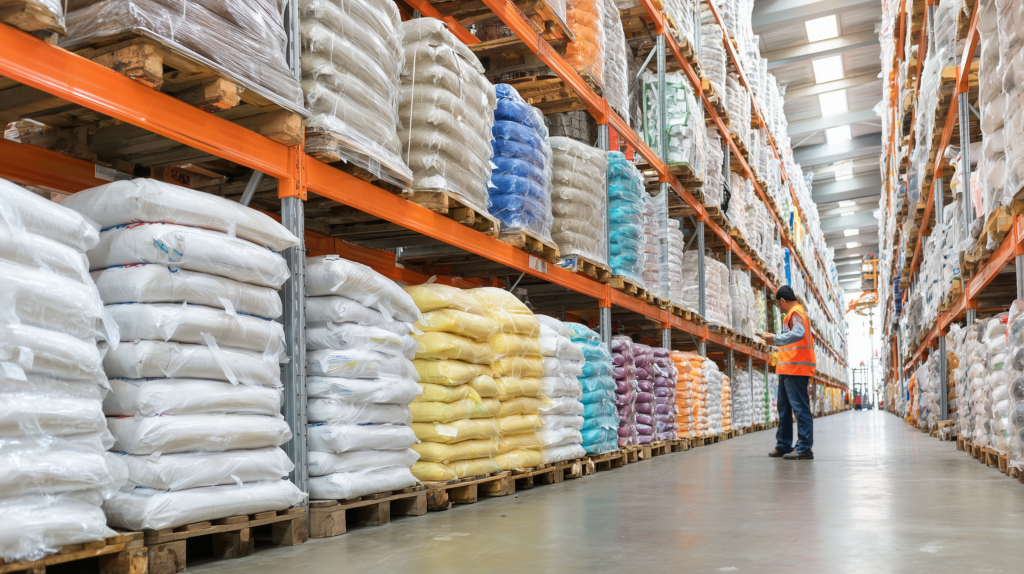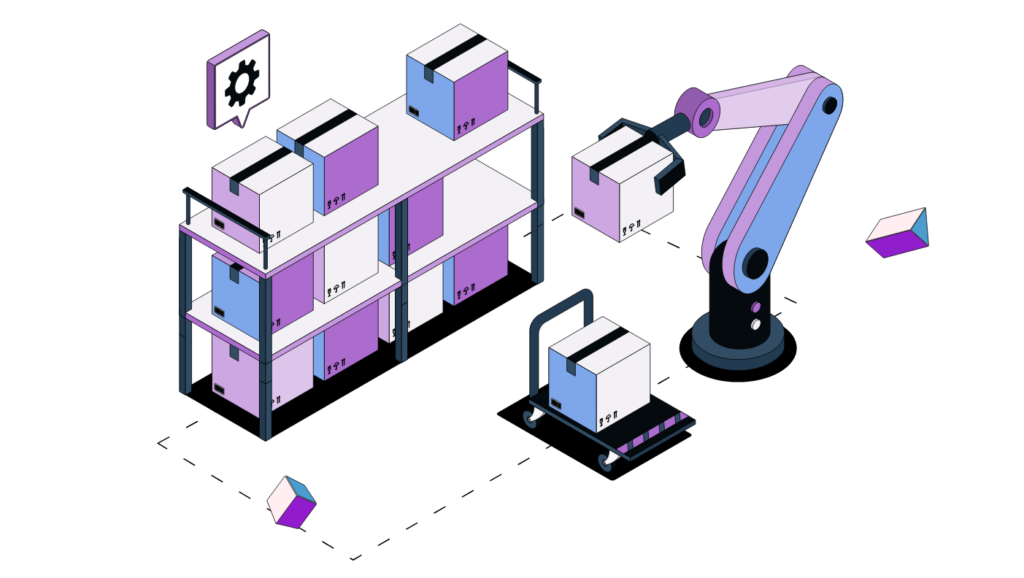How Tariffs Are Reshaping Food and Beverage Supply Chains in 2025
In 2025, food and beverage supply chains are feeling the heat. Rising ingredient costs, labor shortages, and now a new wave of tariffs on food and beverage products are reshaping...
On June 6, 2025

In 2025, food and beverage supply chains are feeling the heat. Rising ingredient costs, labor shortages, and now a new wave of tariffs on food and beverage products are reshaping global sourcing. Operational costs are getting pushed up, forcing supply chain teams to make fast, high-stakes decisions.
From imported ingredients to packaging materials, global trade is woven into nearly every aspect of food supply chains. And now, the rules have changed. However, with the right tools and visibility, navigating the uncertainty is possible. Companies that adapt quickly are turning uncertainty into competitive advantage.

Rising Costs in a Global Network
The latest round of U.S. tariffs is hitting food and beverage companies where it hurts. It affects raw materials, packaging, and overseas production.
Popular ingredients such as cocoa, vanilla, spices, and aluminum packaging are seeing cost spikes of 15% to 30%. This ripple effect is showing up in everything from snack bars to frozen entrees. And it’s not just imports; domestic producers are also affected when they rely on global inputs to meet demand.
These rising costs are straining already thin margins and forcing teams to rethink everything from supplier relationships to product formulas.
Shrinkflation, Reformulation, and Pricing Pressure
Faced with tighter margins, food manufacturers are turning to multiple strategies to stay competitive:
- Product shrinkage: Consumers are seeing smaller packages for the same price. This tactic companies use to offset higher input costs without overtly raising prices.
- Reformulation: Brands are exploring alternative ingredients that are more cost-effective or locally sourced to reduce tariff exposure.
- Strategic sourcing: Some are shifting suppliers from heavily tariffed regions to countries like Mexico or India. These countries may offer more favorable trade conditions.
- The challenge? These changes can impact product consistency, shelf life, and customer loyalty. Therefore, every decision must balance cost control with brand trust.
Why Visibility and Flexibility Are Essential
Tariffs are just one layer of a complex risk environment. To stay ahead, food and beverage supply chains need real-time visibility into inventory, supplier lead times, and cost trends.
Companies that rely on outdated systems or disconnected spreadsheets struggle to see the full picture. This leads to reactive decisions that cost more in the long run.
Modern supply chain leaders are adopting warehouse visibility platforms and supply chain analytics tools. These tools help monitor disruptions, track tariff-driven costs, and model what-if scenarios. This shift toward intelligent operations isn’t just about efficiency. It’s about building resilience into food and beverage logistics from end to end.

FSMA Compliance Adds Another Layer of Pressure
As if tariffs weren’t enough, the FDA’s Food Safety Modernization Act (FSMA) deadline in January of 2026 will impact tracking and tracing. It affects how food and beverage products are managed throughout the supply chain.
The updated FSMA rules emphasize enhanced recordkeeping, faster traceability, and stricter supplier verification protocols. Manufacturers and distributors already face pressure from rising costs. The compliance burden adds complexity. However, it also reinforces the need for connected data, especially in warehouse operations and distribution centers where real-time tracking and digital records can make or break audit-readiness.
Smart companies are approaching FSMA compliance not just as a regulatory checkbox. They see it as an opportunity to modernize processes and build trust with partners, retailers, and consumers.
Retailers and Private Labels Feel the Pinch Too
Food retailers—especially those managing private label brands—are seeing the impact as well. Chains like Costco, Aldi, and Trader Joe’s depend on low-cost global sourcing for many of their house-branded items. When tariffs drive up the cost of ingredients and packaging, these retailers face choices. They are forced to raise prices or cut costs elsewhere.
Some are responding by consolidating supplier relationships, optimizing their warehouse networks, or exploring new co-manufacturing partnerships. These partnerships offer better cost control and geographic diversification.
In short, flexibility is becoming a competitive advantage. The more agile your supply chain, the faster you can respond to shifting trade policies and keep products moving profitably.

Data-Driven Decision Making Is the New Standard
The companies best positioned to adapt are those with strong warehouse visibility, accurate cost data, and end-to-end transparency across their supply chain. Whether it’s modeling the impact of a new 20% tariff or simulating a change in sourcing strategy, real-time analytics are essential.
Rebus helps operations teams gain that visibility. With our platform, food and beverage manufacturers and distributors can monitor performance across facilities. They can identify risks before they escalate and stay ahead of cost volatility and compliance pressure.
From the warehouse floor to the executive dashboard, clear data means faster decisions (and fewer surprises).
Final Takeaway: Get Ahead, Stay Ahead
Rising tariffs. Tightening regulations. Unpredictable costs. Supply chains in food and beverage aren’t just complex, they’re under constant pressure. But the companies that are thriving in 2025 aren’t the ones waiting for stability. They’re the ones investing in control.
Control over inventory. Control over lead times. Control over costs. And most importantly, control over the data that drives daily decisions.
You can’t always predict what’s coming. Yet, with the right visibility into your warehouse and supply network, you can respond faster. You can stay compliant and protect your margins when it matters most.
In a supply chain landscape that’s always shifting, clarity is your most valuable asset.
Want clarity in your warehouse? Rebus can help you optimize your LMS, warehouse analytics, and data-driven decision-making processes to drive better outcomes.
Learn more here or schedule a demo.








